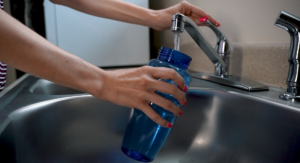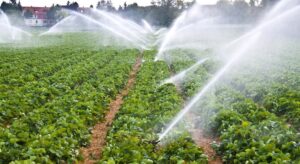We live in a country where we can easily turn on a faucet and have instant access to clean, safe water.
What you may not know however, is the journey water must travel to arrive at your tap. Texas Water Utilities explains how the distribution process works.
Tap Water’s Journey
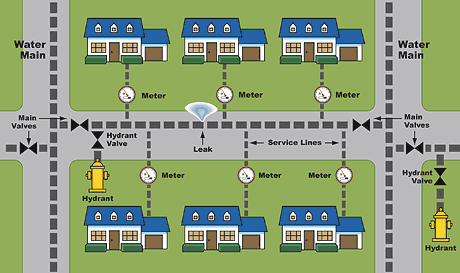
Source: SubSurface Leak Detection, Inc.
The process of distributing water to your home is complex and goes largely unseen. There are hundreds of water lines in your neighborhood alone that require intensive maintenance and—eventually—replacement to function as you expect.
Before turning on the tap, treated drinking water waits in the storage tank to be used. Large pipes called transmission lines help distribute the water from the tank to the neighborhood system. Distribution pipelines help transport the water to small pipes connected to homes and businesses.
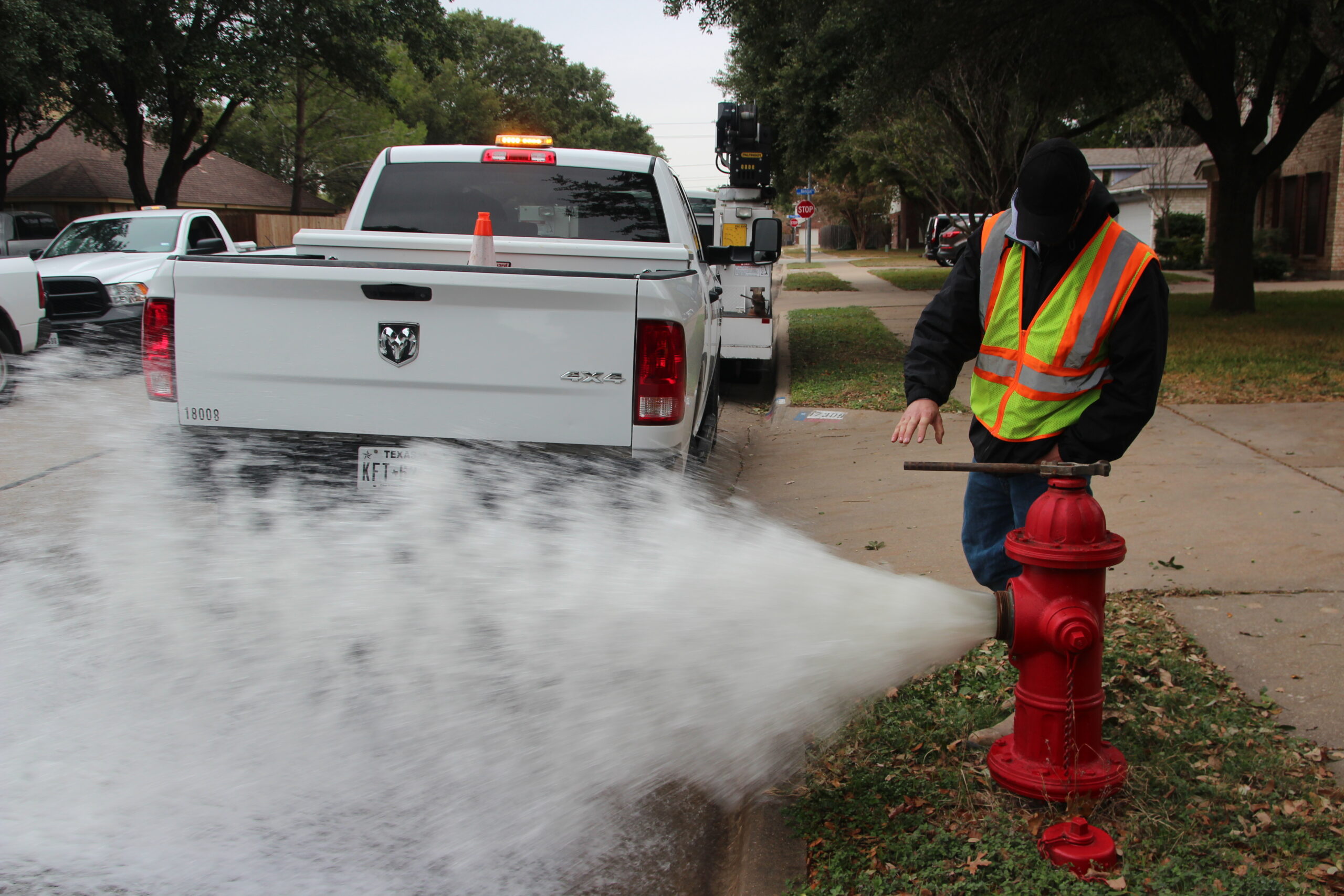 Throughout the system, there are shut-off valves that can turn off the water in order to isolate and repair any leaks in the main pipeline, which wears over time. Leaks can be caused by drastic temperature changes, ground freezing and thawing, customers or contractors hitting pipes while digging, pressure spikes, vehicles driven over mains or shifting soil (drought conditions).
Throughout the system, there are shut-off valves that can turn off the water in order to isolate and repair any leaks in the main pipeline, which wears over time. Leaks can be caused by drastic temperature changes, ground freezing and thawing, customers or contractors hitting pipes while digging, pressure spikes, vehicles driven over mains or shifting soil (drought conditions).
There are also hydrants or flushing spouts located at key points of the distribution system. Most of these are used to ensure water quality. On a regular basis, you may see water rushing out of these hydrants and spouts, which is a process we call “flushing.” This helps move out any discolored water and refresh the system after a leak repair.
Maintaining your Plumbing
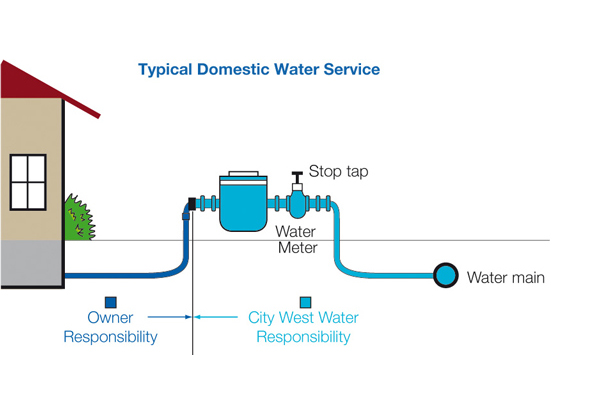
Water utilities are only responsible for pipes connecting the storage tank to your water meter. Depending on the age of your home, pipes after the water meter and on private property may require plumbing maintenance. Tap water that has a metallic taste or smell can be caused by water softeners or rust in your pipes. It’s best to call a plumber to assess your pipes if this issue occurs.
Image Source: cceonlinenews.com
The Value of Tap Water
A safe and sustainable water supply allows people to carry on with daily activities. Water supports businesses and housing developments, product manufacturing, and agriculture and food production. It offers public health protection, guards everyone from waterborne diseases that could devastate our communities, and improves the overall quality of life we enjoy – low mortality rates, economic diversity, productivity and public safety. In short, clean tap water offers an incredible value – a value to be fully appreciated.
The next time you turn on your sink, fill up the tub, flush a toilet, or sit back and watch the sprinklers water your yard, remember the journey that water has made to get to your home.


